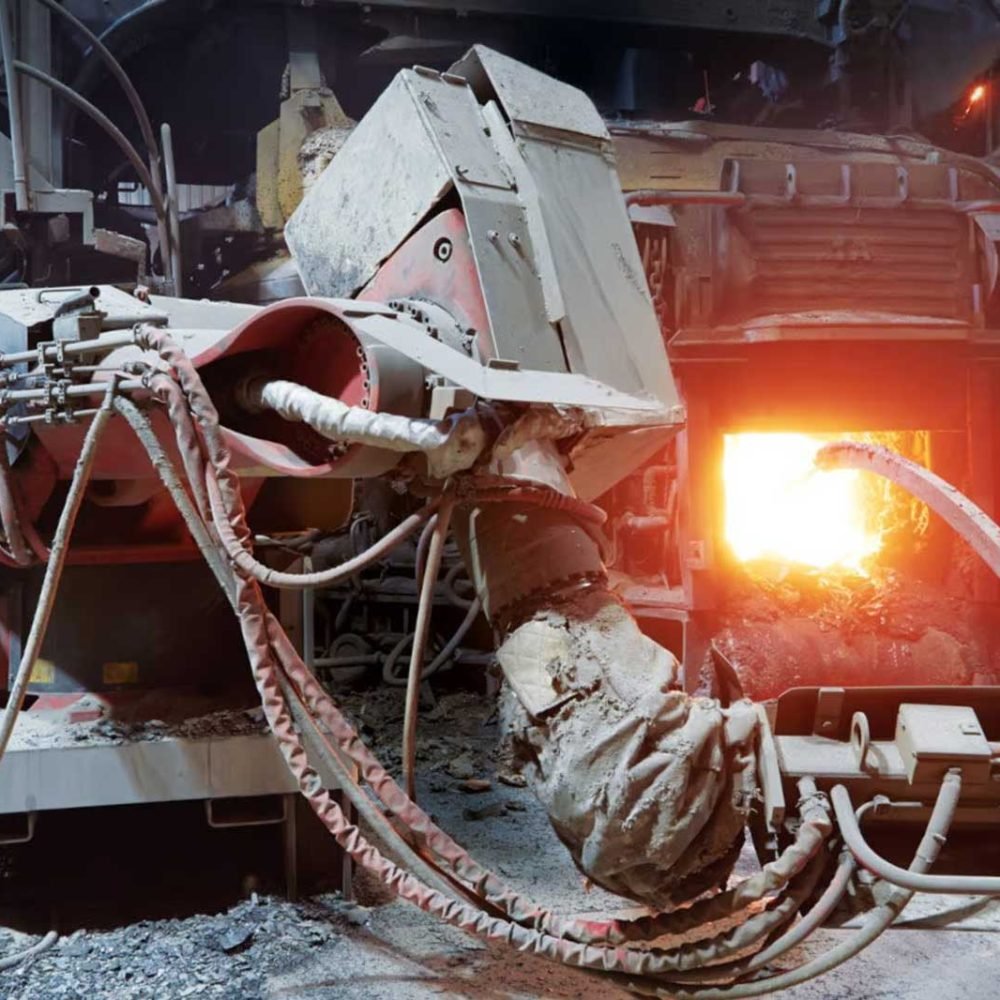HOT FORGING
Forging presses have very short cycle times, usually less than 5 seconds. Loading presses can be a tiresome operation for the operator. Robots can be deployed to pick up the hot billets from the induction furnace and load to the 1st stage (forming). As required, the same robot can be utilized to transfer to the subsequent stages of forming and trimming. 2 or 3 stage presses require multiple handling and precision loading. 2 operators are required to work in tandem. This poses a huge risk while handling red hot billets. Die spraying tasks can also be automated.
For individual smaller presses, the component needs to be transferred from one press to another to complete the operation. The critical factor is time. All operations need to be completed within a certain time so that the component temperature is maintained before the final shape is attained. 2-3 operators are required to work in close proximity and this multiple presses and the risk posed due to the hot components is very high.
COLD FORGING
Cold forging presses have a similar requirement but with lower risk. We can offer complete turnkey solutions for unmanned operation of cold forging presses.
Installation of Robots can help by eliminate the above fatigue and risk factors associated with press loading. Foundry grade robots can be used along with heat shields to prolong the life of the robots.
We integrate the following elements for perfect forging press tending
- Bulk Load Billet feeders
- Step & Elevator feeders
- Gravity cut bit feeders
- Lubrication systems
- Billet orientation sensing devices
- Temperature sensing devices for quality assurance
BENEFITS OF ROBOTIC FORGING PRESS TENDING
- Elimination of operator fatigue due to noise, vibration, temperature and smoke inhalation
- Elimination of risk of injury due to hot component handling
- Quality improvement - Rejections and inconsistency due to temperature loss will be significantly reduced
- Productivity improvement - Typically Robot fed presses will produce 30% more than manually operated presses.
- Flexibility - Easily reprogrammable for variant changes when compared to walk beam loaders
SUCCESFUL PROJECTS
YEARS OF EXPERIENCE
Industries Served
-
Automotive
The automotive industry is a a major consumer of forged components. Engine, transmission, steering and suspension parts are typically forged because of the complex shapes required
-
Power generation and transmission
Power industries heavily rely on forgings. Nearly 40% of parts for this industry are forged. Components such as turbine blades, shafts, discs and generator components are formed by forging
-
Agricultural & Mining
Axle hubs, pinions, drill bits, shafts are forged due to high wear resistance. Robots form an integral part of tending to forging machines
-
Aerospace
Landing gear parts, turbine blades, compressor parts and structural components are ideally suited for robotic tending

